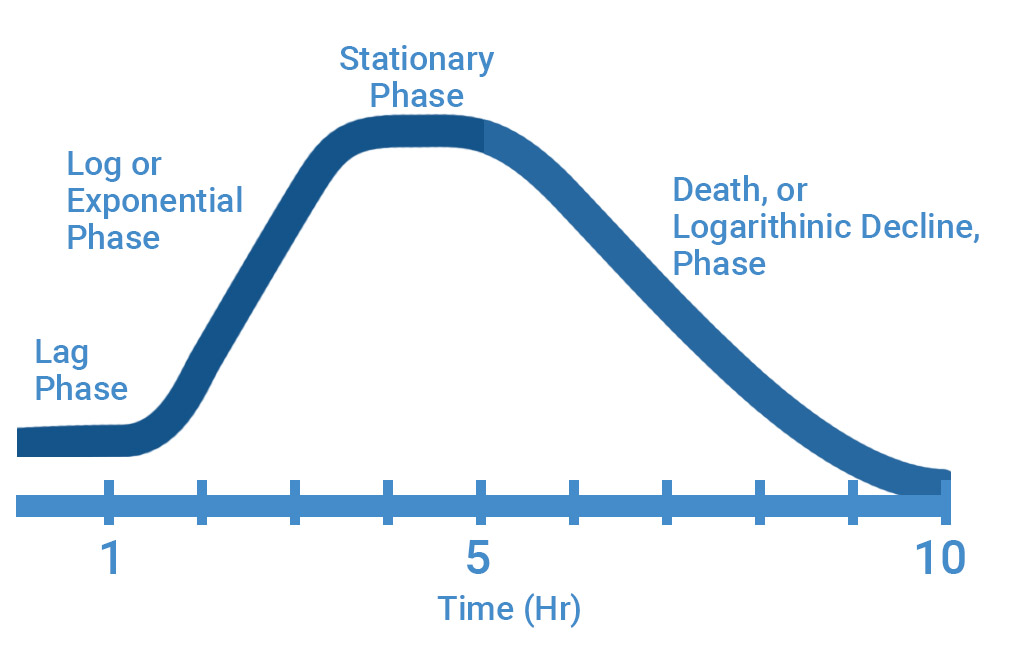Bacteria Treatments
Why We Should Use Naturally Occurring Microbes To Save Our Waterways.
The most common technologies utilized in the treatment of natural bodies of water that become polluted, or begin to undergo eutrophication, involve primarily some form of physical or chemical treatment such as chemical oxidizers, flocculants, activated carbon and zeolites, and/or mechanical treatments such as dredging. The primary drawback to chemical treatments is that the treatments are based on stoichiometry or molecule to molecule interactions. As a result, they get very expensive when treating large volumes of water.
Likewise, dredging is expensive because it is labor and capital equipment intensive. There are other issues such as final disposition of dredge spoil, noise, disturbing of the site, total disruption of the marine habitat and surrounding areas, and the risk associated with operating large equipment that totally disrupts populated areas.
In recent years bioremediation has proven to be, not only effective, but, in most cases, very economical in treating natural bodies of water.
Bioremediation (bacteria treatment) takes advantage of nature’s own processes for recycling of basic elements of most organic pollutants and organic bottom sediments back into the biosphere through what are known as biogeochemical cycles. To accelerate these natural processes bio-augmentation may be utilized. Bio-augmentation is the purposeful inoculation of a system with microorganisms that have been selected for their metabolic characteristic.
The technology has been successfully applied in many natural and man-made bodies of water to improve water quality and break down bottom solids. A review of several project reports including retentions ponds in Jacksonville, FL, lakes in Naples, FL, as well as entire sections of a river in China, Malaysia, and a lake at Dartmouth College has proven the effectiveness of bio-augmentation. In these applications, substantial reductions in aqueous phase pollutants were observed including biochemical oxygen (BOD), total suspended solids (TSS), total nitrogen (TN), total phosphorous (TP), and the near total elimination of fecal coliform and specifically E. coli, F. coli, and salmonella. In addition, there was a reduction of 80 percent and more of the organic bottom solids without the need for dredging and associated spoil problems.

Lifecycle of Microbes in Bio-Augmentation
The lifecycle of microbes used in bio-augmentation, indicates they can remain in a “lag phase” for a long time and then once applied to an organic, pollution rich environment, the microbes immediately begin to consume organic pollutants. With the right consortium of microbes, the product can consume all or most organic pollutants in a “Log or exponential phase”. When there is no more “food” they enter a “Stationary phase” and then begin to die. During the “Death or logarithmic decline phase”, the dead microbes become organic pollution and the remaining microbes consume the dead microbes cleaning up their own mess.
In a perfect world the same, naturally existing microbes found in our waterways would complete this same cycle over and over again, but when excessive pollutants enter a water way the natural microbes cannot keep up with the pollution and they need to be augmented.
Permitting for the Use of 100% Natural Microbial Compounds
The EPA has agreed that if a microbe or consortium of microbes has not been chemically or genetically altered that they do not require permitting. The Army Corps of Engineers has agreed that their permitting authority does not extend into the use of naturally occurring microbes and therefore no permit is required.
Why Do Something Different Than We Have Done in The Past?
The answer to that question is simple. It saves money, time, and energy.
An example of major savings would be cost reduction because of the reduced amount of dredge material and the reduction of mobilized equipment necessary.
Conclusions
Microbes naturally purify and are the primary decomposer of all organic waste matter by a slow ongoing biological process. Bio-augmentation works, it is cost saving, and it is a safe way to clean our waterways of organic pollution and organic bottom sediment. Bio-augmentation is the process by which we provide more of the natural microbes to a water body to boost and speed up that process.
Through a fermentation process, they formulate a consortium of microbes to be effective in any water body and in aerobic, anaerobic, and anoxic environments. It removes dead organics from within the water column as well as the bottom sediment leaving clean sand or other inorganic material.
Using bacteria to pretreat an ecosystem is a cost savings process that should be done in every project where the sediment samples show a presence of organic material greater than 20 percent.


